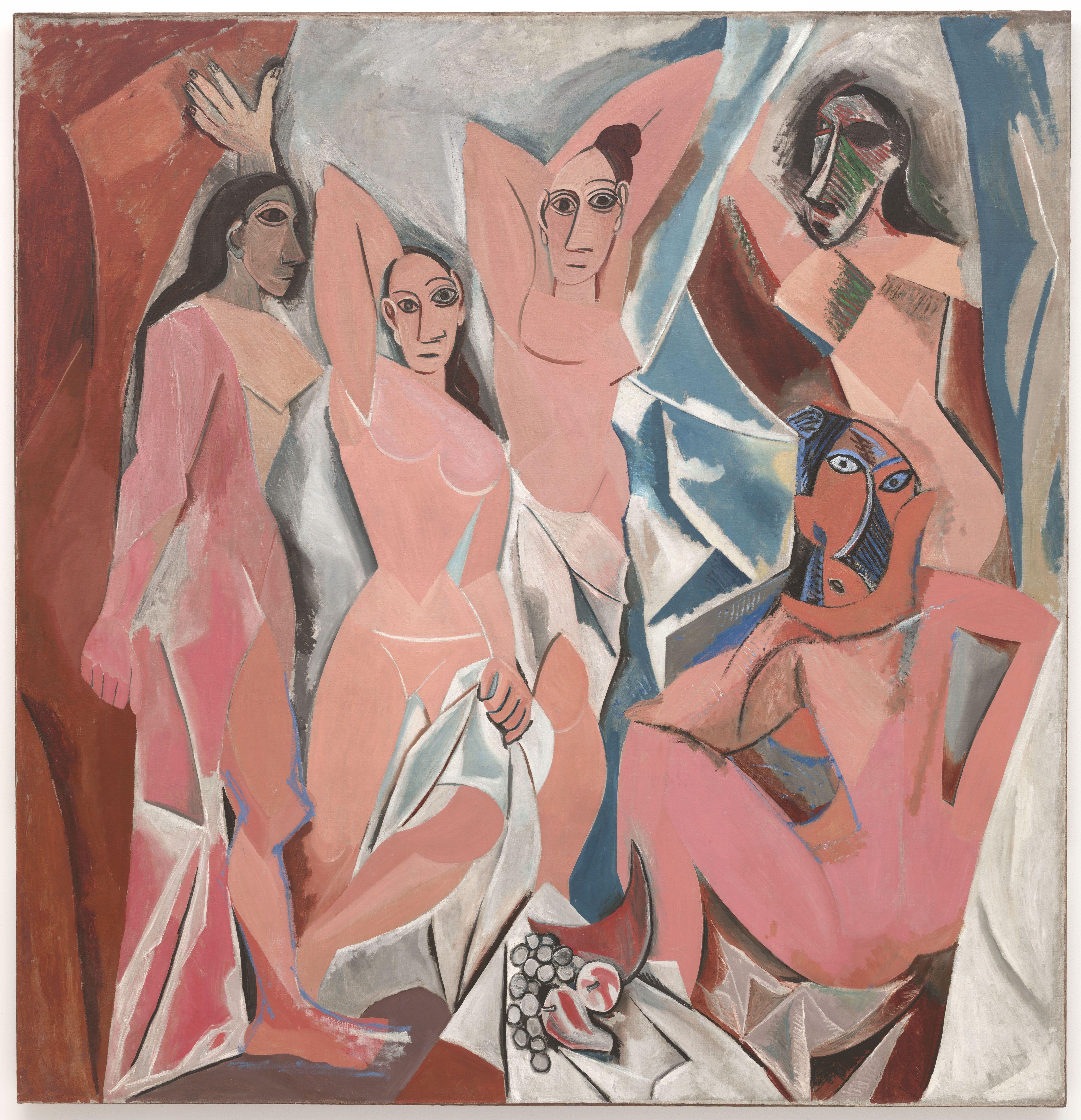Introduction to Expressionism
Expressionism originated in Germany at the beginning of the 20th century. It was a modernist movement initially in poetry and painting. Its typical trait is to present the world solely from a subjective perspective, distorting it radically for emotional effect in order to evoke moods or ideas.Expressionist artists sought to express meaning or emotional experience rather than physical reality.
The term expressionism is more towards to emotional angst. In a general sense, painters such as Matthias Grunewald and El Greco are sometimes termed expressionist, though in practice the term is applied mainly to 20th-century works. The Expressionist emphasis on individual perspective has been characterized as a reaction to positivism and other artistic styles such as naturalism and impressionism.
The Artist
Edvard Munch (12 December 1863 – 23 January 1944) was an expressionist painter and printmaker from Oslo Norway. He was regarded as the pioneer of the amazing Expressionist movement in modern painting. Munch’s art from the 1890s is the most well known, but his later work is steadily attracting greater attention, and it appears to inspire present-day artists in particular. His best-known composition, The Scream, is part of a series The Frieze of Life, in which Munch explored the themes of love, fear, death, melancholia, and anxiety.
Images of Expressionism
The Scream (1893)
Elements of Design Analysis
Line: wavy serpentine ones that constitute the landscape and delineate the protagonist, and the straight ones that form the bridge
Shape: Not much shapes involved
Value: Strong contrast between the dark blue ocean and the orange sky
Color: Hue / Bright and bold
Texture: Visual
Alignment & Proportion: Two-dimensional art (bridge fading into the distance behind the screamer.)
Eye movement: Yes
Shape: Not much shapes involved
Value: Strong contrast between the dark blue ocean and the orange sky
Color: Hue / Bright and bold
Texture: Visual
Alignment & Proportion: Two-dimensional art (bridge fading into the distance behind the screamer.)
Eye movement: Yes
Principles of Design Analysis
Hierachy: Yes
Balance: Yes, asymmetrical balaced
Repetition: Yes,repetition of line
Scale: Human size seems to be normal
Unity: Yes, sense of completion
The Sick Child (1907)
Repetition: Yes,repetition of line
Scale: Human size seems to be normal
Unity: Yes, sense of completion
The Sick Child (1907)
Introduction to Cubism
References
Expressionism:
http://www.edvardmunch.info/
http://www.arthistory.net/artstyles/expressionism/expressionism1.html
Cubism:
http://emptyeasel.com/2007/10/17/what-is-cubism-an-introduction-to-the-cubist-art-movement-and-cubist-painters/
http://www.arthistory.net/artstyles/cubism/cubism1.html
Cubism was known as one of the most influential visual art styles of the early twentieth century. It was created by Pablo Picasso (Spanish, 1881–1973) and Georges Braque (French, 1882–1963) in Paris between 1907 and 1914. It was revolutionized by European painting and sculpture and inspired related movements in music, literature and architecture.
In cubist artworks, objects are broken up, analyzed, and re-assembled in an abstracted form—instead of depicting objects from one viewpoint, the artist depicts the subject from a multitude of viewpoints to represent the subject in a greater context.
Often the surfaces intersect at seemingly random angles, removing a coherent sense of depth. The background and object planes interpenetrate one another to create the shallow ambiguous space, one of cubism's distinct characteristics.
In cubist artworks, objects are broken up, analyzed, and re-assembled in an abstracted form—instead of depicting objects from one viewpoint, the artist depicts the subject from a multitude of viewpoints to represent the subject in a greater context.
Often the surfaces intersect at seemingly random angles, removing a coherent sense of depth. The background and object planes interpenetrate one another to create the shallow ambiguous space, one of cubism's distinct characteristics.
Historians have sought to analyze the history of cubism in terms of phases. In one scheme, a first branch of cubism, known as Analytic Cubism, was both radical and influential as a short but highly significant art movement between 1907 and 1911 in France. In a second phase, Synthetic Cubism, the movement spread and remained vital until around 1919, when the Surrealist movement gained popularity. English art historian Douglas Cooper proposed another scheme, describing three phases of Cubism in his seminal book, The Cubist Epoch. According to Cooper there was "Early Cubism", (from 1906 to 1908) when the movement was initially developed in the studios of Picasso and Braque; the second phase being called "High Cubism", (from 1909 to 1914) during which time Juan Gris emerged as an important exponent; and finally Cooper referred to "Late Cubism" (from 1914 to 1921) as the last phase of Cubism as a radical avant-garde movement
The Artist
Pablo Picasso, (Born Oct. 25, 1881, Málaga, Spain—died April 8, 1973, Mougins, France) a Spanish expatriate painter, sculptor, printmaker, ceramicist, and stage designer, one of the greatest and most influential artists of the 20th century and the creator of Cubism, Georges Braque. The enormous body of Picasso's work remains, and the legend lives on—a tribute to the vitality of the “disquieting” Spaniard with the “sombre…piercing” eyes who superstitiously believed that work would keep him alive. For nearly 80 of his 91 years Picasso devoted himself to an artistic production that contributed significantly to and paralleled the whole development of modern art in the 20th century.
Images of Cubism
Guernica, 1937
Elements of Design Anaylsis
Line: Straight, jagged, horizontal & vertical used
Shape: Geometrical shapes used.
Value: Obvious dark and light areas.
Color: Very low saturation, gray color
Texture: Smooth
Alignment & Proportion: Two-dimensional art
Principles of Design Analysis
Hierachy: Predominant
Balance: Yes, asymmetrical-balanced
Repetition: No
Scale: Bigger size to smaller size.
Unity: Yes, sense of completion
Repetition: No
Scale: Bigger size to smaller size.
Unity: Yes, sense of completion
Les Demoiselles d'Avignon, 1907
Expressionism:
http://www.edvardmunch.info/
http://www.arthistory.net/artstyles/expressionism/expressionism1.html
Cubism:
http://emptyeasel.com/2007/10/17/what-is-cubism-an-introduction-to-the-cubist-art-movement-and-cubist-painters/
http://www.arthistory.net/artstyles/cubism/cubism1.html






No comments:
Post a Comment